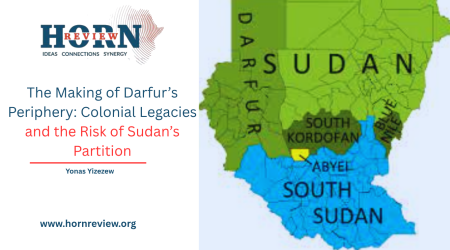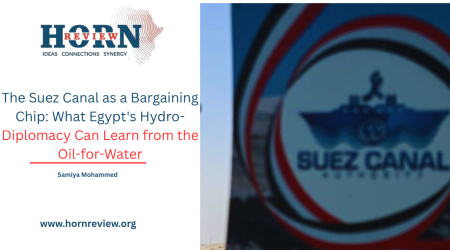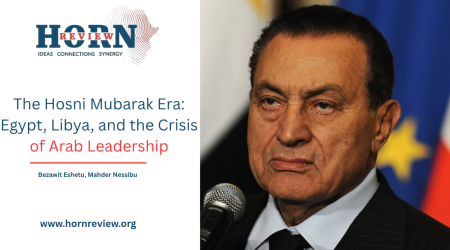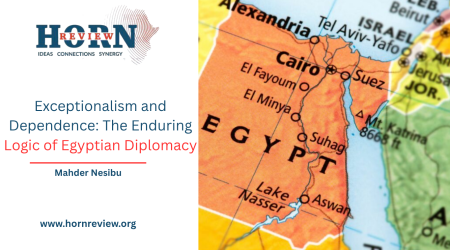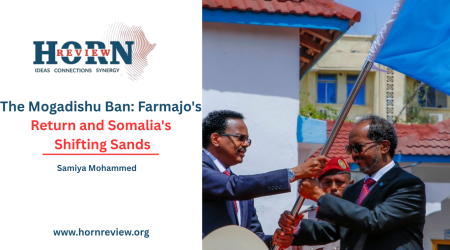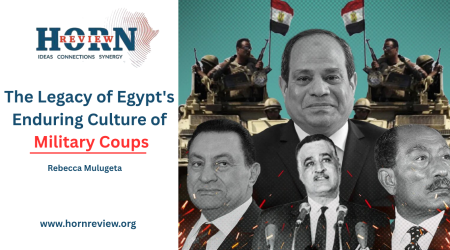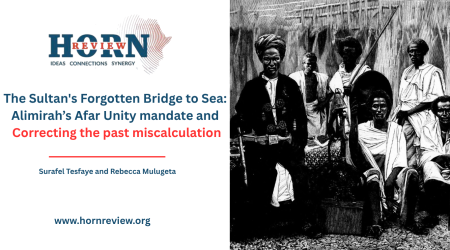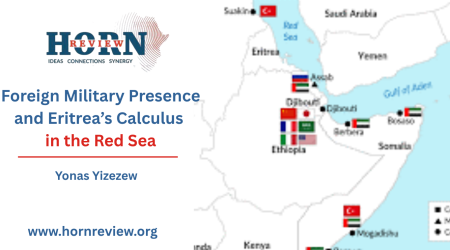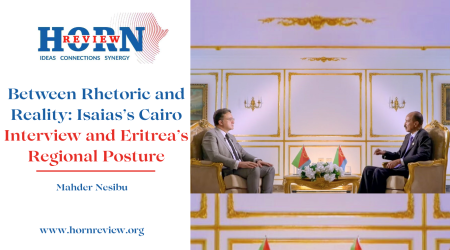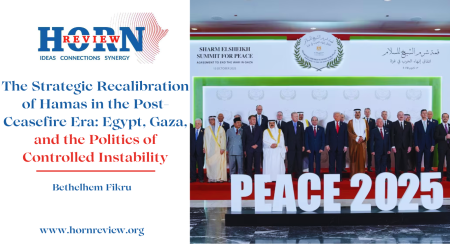
19
May
Drones Over Port Sudan: UAE, Eritrea, and the Next Phase of Sudan’s Civil War
Sudan’s protracted two-year civil war, fought between the army (SAF) led by Gen. al-Burhan and the paramilitary Rapid Support Forces (RSF) under Hemedti, has recently taken on new dimensions. In early May, the RSF launched unprecedented drone strikes on Port Sudan, the Red Sea coastal city serving as the de facto headquarters of the Burhan government, and even struck far to the east in Kassala, close to the Eritrean border. These extensive attacks come against the backdrop of major setbacks suffered by the RSF, including its withdrawal from Khartoum. These drone strikes offer several clues as to how the next phase of the civil war will take shape.
Until this year, much of the RSF’s warfare was confined to Khartoum and Darfur. However, in recent days, the group has unleashed drones on Port Sudan for the first time. Concurrently, RSF drones struck Kassala, a distant city in eastern Sudan. On May 3, one such strike hit the fuel storage area of Kassala Airport, a location never before directly imperiled by the war. These attacks are significant because they symbolize the extensive military capabilities possessed by the RSF. Its drones now reach the very edges of Sudan, into the strongholds of Burhan’s Army.
None of these RSF capabilities spring from thin air. Sudan’s military and outside observers have long pointed to Gulf backing for the group. The UAE is widely regarded as Hemedti’s principal foreign patron. By many accounts, the Emiratis have supplied the RSF with drones, firearms, artillery, and fuel, seeking to cultivate RSF influence to advance their interests in Sudan.
The geopolitics of this support has had explosive consequences. Sudanese army leaders have repeatedly accused Abu Dhabi of “arming the rebellion.” Following the Port Sudan strikes, Sudan’s government announced it would sever diplomatic relations with the UAE, declaring it an “aggressor state.” Al-Burhan himself, speaking amid the smoking ruins of Port Sudan’s harbor, warned that “the hour of retribution will come” for “those who have attacked the Sudanese people.” In addition, an SAF spokesman explicitly charged that the drones used in the Port Sudan raids had been supplied by the UAE.
On the other side, Eritrea is finding itself further entrenched in the war. Since the onset of hostilities, Asmara has emerged as one of Burhan’s principal regional backers. When the army reclaimed Khartoum, the SAF chief made Eritrea a priority stop on his diplomatic tours, thanking President Isaias for the “substantial and continuous support”. Since last year, Asmara has firmly embraced the SAF cause. Burhan’s November 2024 state visit to Asmara culminated in a mutual pledge of further backing. Eritrean officials view backing the SAF as a counterbalance to armed Eritrean opposition groups, which may exploit the eastern border.
Until now, the country appears to have maintained a buffer zone along this border. Even before the war, it trained and armed groups on the Sudanese side to address its security concerns. With the Sudanese army now pitted against the RSF, these Eritrean-backed groups are reportedly operating under the SAF banner, serving a dual purpose for Asmara. Major fighting, however, had been largely absent in eastern Sudanese territory. With the RSF now targeting areas so close to its border, the leadership in Asmara may feel compelled to recalibrate its strategy. Should either side—Isaias or Hemedti—choose to instigate hostilities, direct involvement by Eritrean forces may soon become apparent.
Another factor with the potential to drag Eritrea deeper into the conflict is its posture toward Port Sudan. At Burhan’s request, the Eritrean navy had, in July last year, docked its naval vessels along the city’s shores. Eritrea has long been active in the Red Sea to counter what it deems destabilizing elements, but it has intensified efforts to militarize the maritime route due to tensions with Ethiopia and the Sudan civil war. With the RSF’s reach extending to Port Sudan, Asmara may feel driven to amplify its support for the Sudanese army to contain Hemedti’s advances.
The systematic use of drone technology by the RSF in the civil war represents a watershed for Sudan. The scope of the conflict now threatens to expand into all corners of the country. For the array of foreign actors embroiled in the war, further entanglement appears increasingly likely. For Eritrea, which has vested interests in Burhan and his government, this may translate into deeper military engagement, thereby risking a broader regional standoff.

